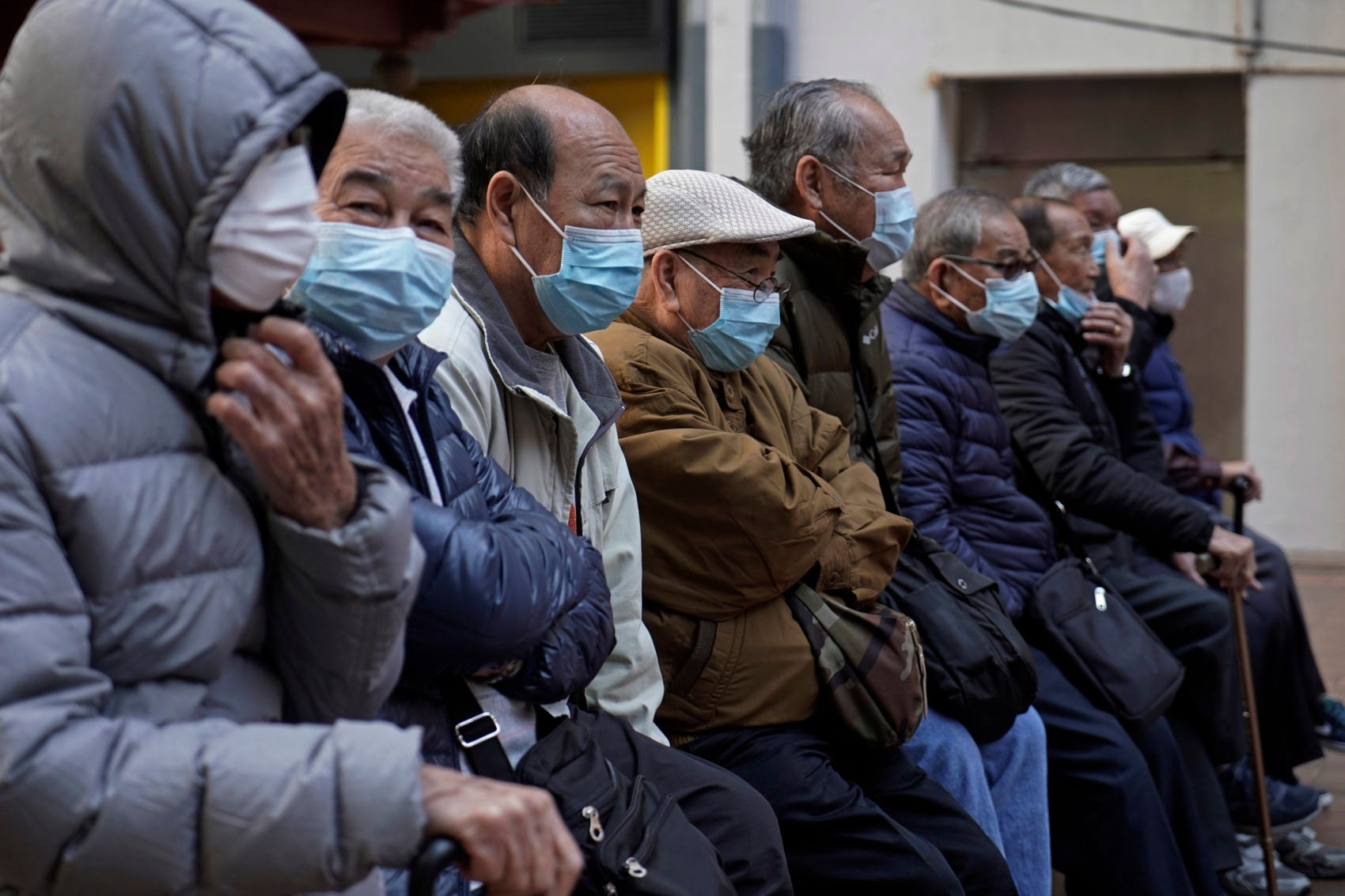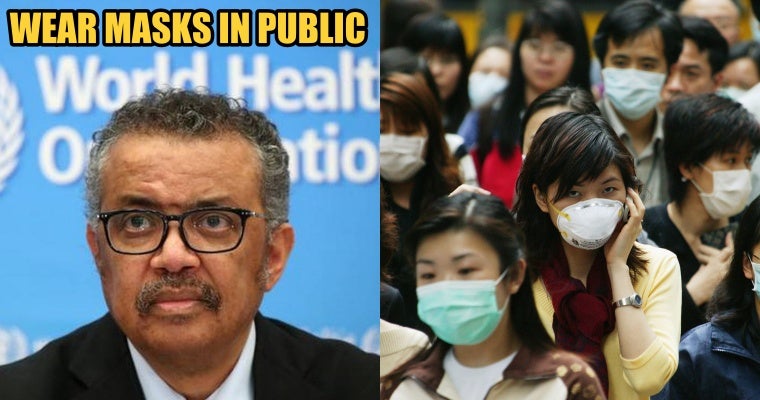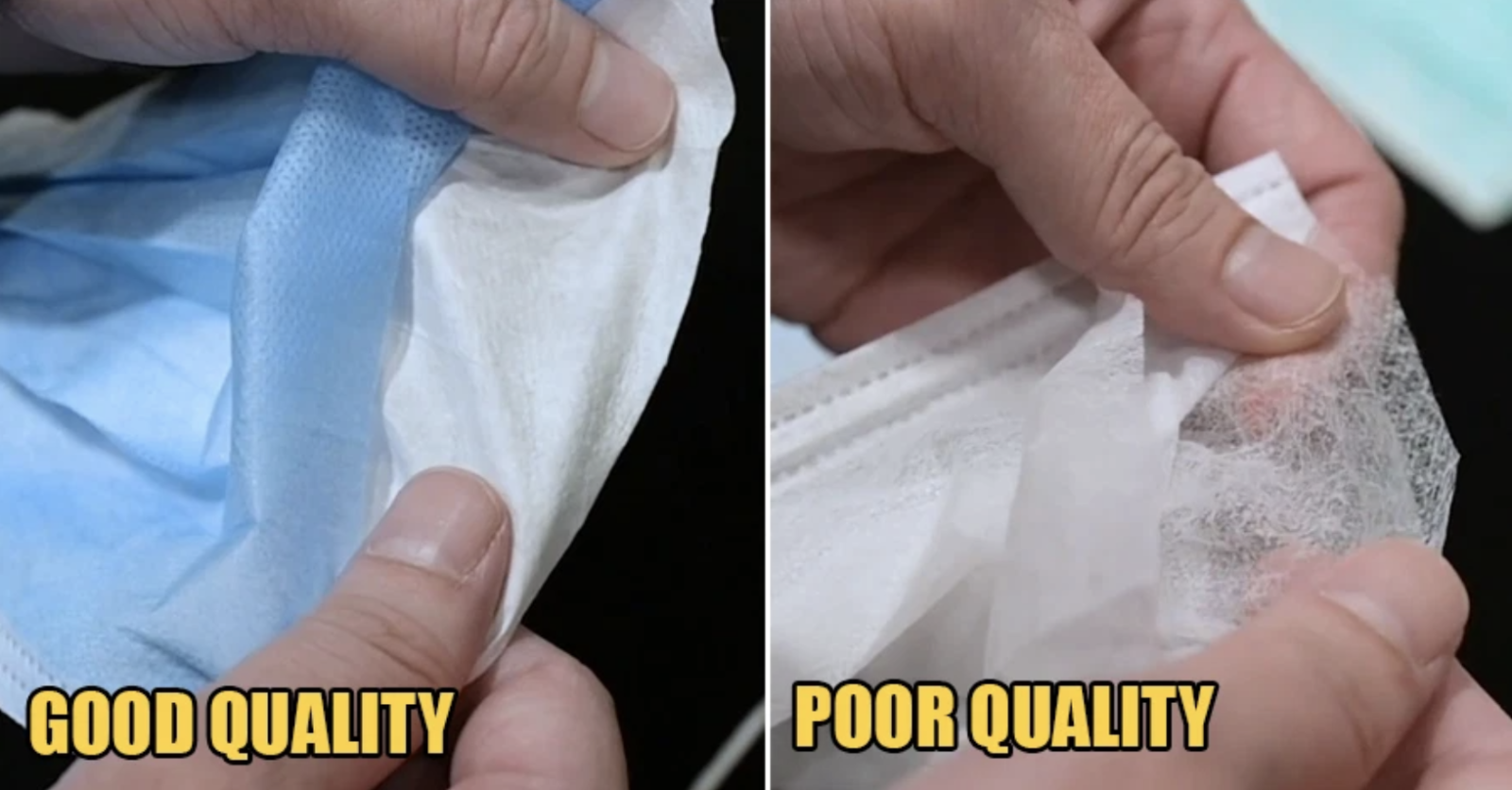In light of the Covid-19 pandemic, many were pretty confused about the need to wear face masks when they’re in public places, the World Health Organization (WHO) did advise people to only wear masks when we’re ill or having symptoms.
Back in March, the United Nations Health agency stood by their advice on the face mask and urged people not to wear masks if we are not sick or not caring for someone who is sick.
However, things took a turn earlier today (6 June) when the Director-General of WHO, Tedros Adhanom, announced that members of the public should don face masks in areas where physical distancing is not possible.
The World Health Organization (WHO) has changed its advice on face masks, saying they should be worn in public to help stop the spread of coronavirus.
Posted by Noor Hisham Abdullah on Friday, June 5, 2020
“In areas with widespread transmission, WHO advises medical masks for all people working in clinical areas of a health facility, not only workers dealing with patients with Covid-19.”
“Second, in areas with community transmission, we advise that people aged 60 years or over or those with underlying conditions should wear a medical mask in situations where physical distancing is not possible.”

After announcing the advise for healthcare workers and people aged 60 years or above, Tedros revealed that the general public should wear masks in areas with widespread transmissions, or community transmissions.
“Third, WHO has also updated its guidance on the use of masks by the general public in areas with community transmission.”
“In light of evolving evidence, WHO advises that governments should encourage the general public to wear masks where there is widespread transmission and physical distancing is difficult, such as on public transport, in shops, or in other confined or crowded environments.”

The Director-General also informed the public that the WHO’s updated guidance contains new information on the composition of fabric masks based on academic research requested by the organisation. He emphasised that the face masks should consist of at least THREE LAYERS.
“Based on this new research, WHO advises that fabric masks should consist of at least three layers of different materials.”
He then went on to warn that masks are not a replacement for physical distancing, hand hygiene and other public health measures, implying that everyone should resume practising high levels of personal hygiene despite wearing face masks.
Assuring the public that the organisation will continue to provide advise based on “the most up-to-date” evidence, Tedros expressed that it is part of their commitment to serving the world with “science, solutions and solidarity”.
Malaysia’s Director-General of Health Datuk Seri Dr Noor Hisham Abdullah had also shared this video on his Facebook, relaying the message to the Malaysian public.
In his caption, Dr Noor Hisham wrote, “The World Health Organization (WHO) has changed its advice on face masks, saying they should be worn in public to help stop the spread of the coronavirus”, hinting that the organisation took a “u-turn” regarding their advice.
Also read: Not All Surgical Masks Are Efficient In Containing Droplets, Here’s How to Tell The Difference




































